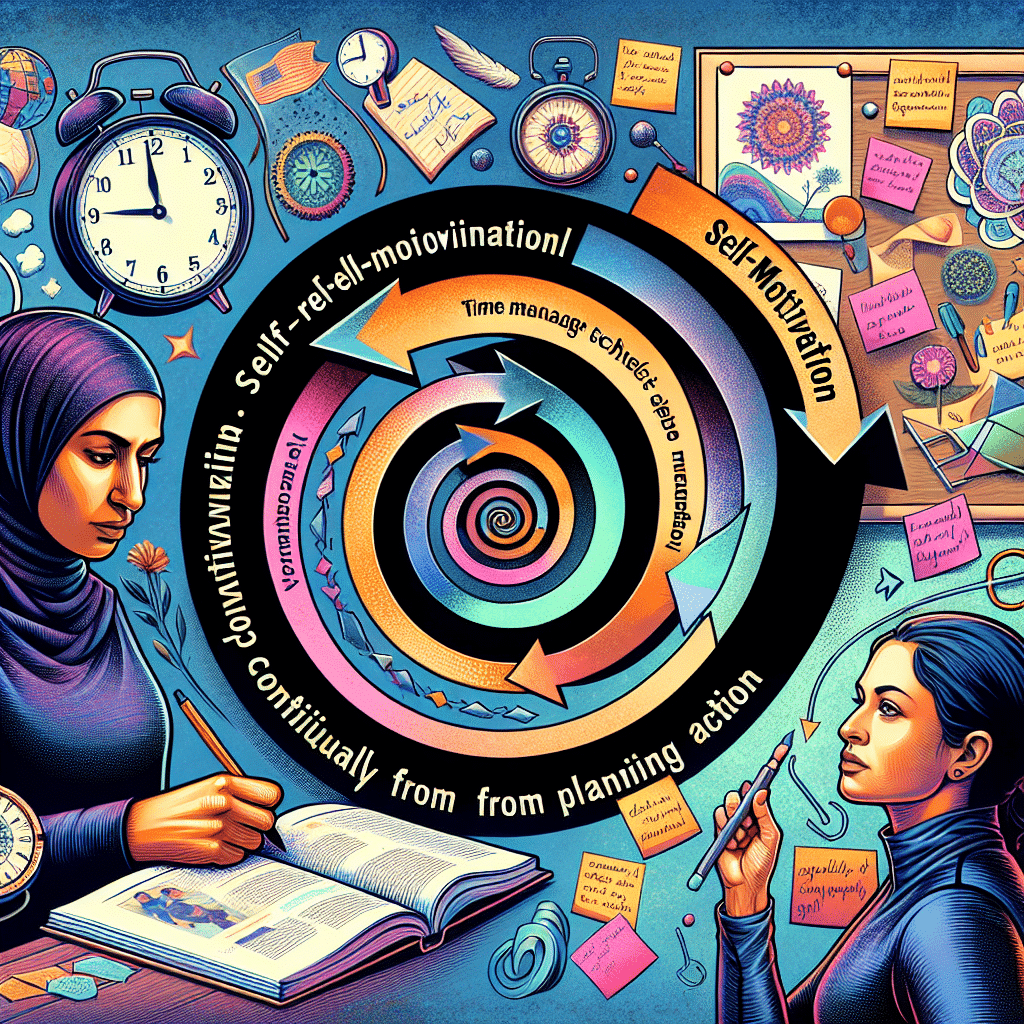
Problem identification is a crucial step in any problem-solving process. It involves defining the issue at hand, understanding the context and impact it has, and identifying key stakeholders who are involved or affected by the problem. By clearly defining the problem, analyzing its root causes, and considering the perspectives of different stakeholders, a solid foundation can be laid for developing effective solutions.
Narrative Analysis
When it comes to tackling complex problems, narrative analysis plays a crucial role in understanding the underlying dynamics and complexities at play. By delving into past experiences and stories related to the problem at hand, we can gain valuable insights into the root causes and contributing factors.
One key aspect of narrative analysis is exploring different perspectives and interpretations surrounding the issue. By considering a diverse range of viewpoints, we can uncover blind spots and biases that may be influencing our understanding of the problem. This process allows us to develop a more comprehensive and nuanced view of the situation.
Moreover, engaging in narrative analysis helps us recognize underlying themes and patterns that may be shaping the problem. By identifying recurring motifs or storylines, we can uncover deep-seated issues that need to be addressed in order to find a sustainable solution.
By piecing together the various narratives surrounding a problem, we can begin to see a clearer picture of the challenges at hand. This multifaceted approach to analysis allows us to move beyond surface-level symptoms and get to the heart of the matter.
Ultimately, narrative analysis provides us with the tools to make sense of the complexities of a problem and to approach it with a deeper level of understanding. By weaving together the different threads of the narrative, we can begin to develop a more holistic view of the situation and pave the way for effective problem-solving.
Constructing a Solution Narrative
When tackling complex problems, constructing a solution narrative can provide a roadmap for effective problem-solving. This process involves weaving together diverse perspectives, insights, and experiences into a cohesive storyline that guides decision-making and action. Here are key steps in developing a solution narrative:
Developing a Structured Narrative for Problem-Solving
Begin by outlining the problem statement, goals, and desired outcomes. Create a timeline or flowchart that visually represents the steps involved in addressing the issue. Identify potential challenges and barriers that may arise along the way, and brainstorm possible solutions.
Incorporating Diverse Viewpoints and Voices
Ensure that your solution narrative includes input from various stakeholders, experts, and individuals impacted by the problem. By incorporating diverse perspectives, you can gain a more holistic understanding of the issue and discover innovative solutions that may have been overlooked. Encourage open communication and collaboration among team members to foster creativity and inclusivity.
Crafting a Compelling Storyline for Action
A successful solution narrative engages readers and stakeholders by presenting a clear and persuasive argument for the proposed course of action. Utilize storytelling techniques such as anecdotes, case studies, and data visualization to bring the narrative to life. Emphasize the benefits and potential impact of the solution, as well as the rationale behind key decisions.
By carefully constructing a solution narrative, you can empower your team to take informed and decisive action in addressing complex problems. This structured approach not only streamlines the problem-solving process but also enhances communication, collaboration, and stakeholder engagement.

Implementation Strategies
Once a solution narrative has been constructed for a particular problem, it is essential to plan and execute strategies that align with the storyline. Effective implementation is crucial in turning ideas into actions and driving real change in the context of problem-solving.
Planning and Executing Steps
First and foremost, it is important to delineate the specific steps that need to be taken to address the problem at hand. These steps should be outlined in a clear and actionable manner, incorporating timelines, responsibilities, and resources. By breaking down the solution narrative into concrete actions, individuals and teams can better track progress and stay focused on achieving their goals.
Communicating the Narrative
Communication is key in ensuring that the solution narrative is effectively conveyed to all relevant stakeholders. This involves articulating the problem, the proposed solution, and the rationale behind it in a compelling and accessible manner. By engaging in transparent and open dialogue with others, individuals can garner support, gather feedback, and foster collaboration in implementing the solution narrative.
Monitoring Progress and Adapting
As the implementation of the solution narrative progresses, it is important to monitor and evaluate the outcomes against the desired goals and objectives. This includes tracking key performance indicators, gathering feedback from stakeholders, and making adjustments as needed. By remaining flexible and responsive to changing circumstances, individuals can optimize their problem-solving strategies and increase the likelihood of success.
Reflection and Revision
Evaluating the effectiveness of the solution narrative
Reflection is a crucial part of the problem-solving process as it allows for an evaluation of the solution narrative’s effectiveness. By reviewing the outcomes and impact of the implemented solution, you can determine whether the narrative successfully addressed the initial problem. This assessment involves analyzing the results, gathering feedback from stakeholders, and measuring the overall success of the solution narrative.
Reflecting on lessons learned and areas for improvement
Reflecting on the problem-solving journey provides valuable insights into the strengths and weaknesses of the solution narrative. Consider what worked well and what could be improved upon in future problem-solving endeavors. By identifying lessons learned, you can apply these insights to enhance your narrative construction skills and refine your approach to addressing challenges.
Revising the narrative for future problem-solving endeavors
Based on the evaluation and reflection process, it is important to revise the solution narrative for future problem-solving endeavors. Incorporate new learnings, feedback, and insights into the narrative construction process to enhance its effectiveness. By continuously refining and updating your approach, you can adapt to different challenges and improve your problem-solving capabilities over time.

Summary
In problem-solving, narrative construction plays a crucial role in understanding, analyzing, and addressing complex issues. By identifying key stakeholders and context, analyzing past experiences, and crafting a solution narrative, individuals can create a structured approach towards resolving problems.
Through effective implementation strategies and communication of the narrative, progress can be made in solving the problem at hand. Reflection and revision of the solution narrative allow for continuous improvement and adaptation for future problem-solving endeavors.
Overall, narrative construction in problem-solving provides a framework for critical thinking, collaboration, and innovation in addressing challenges and creating meaningful solutions.






